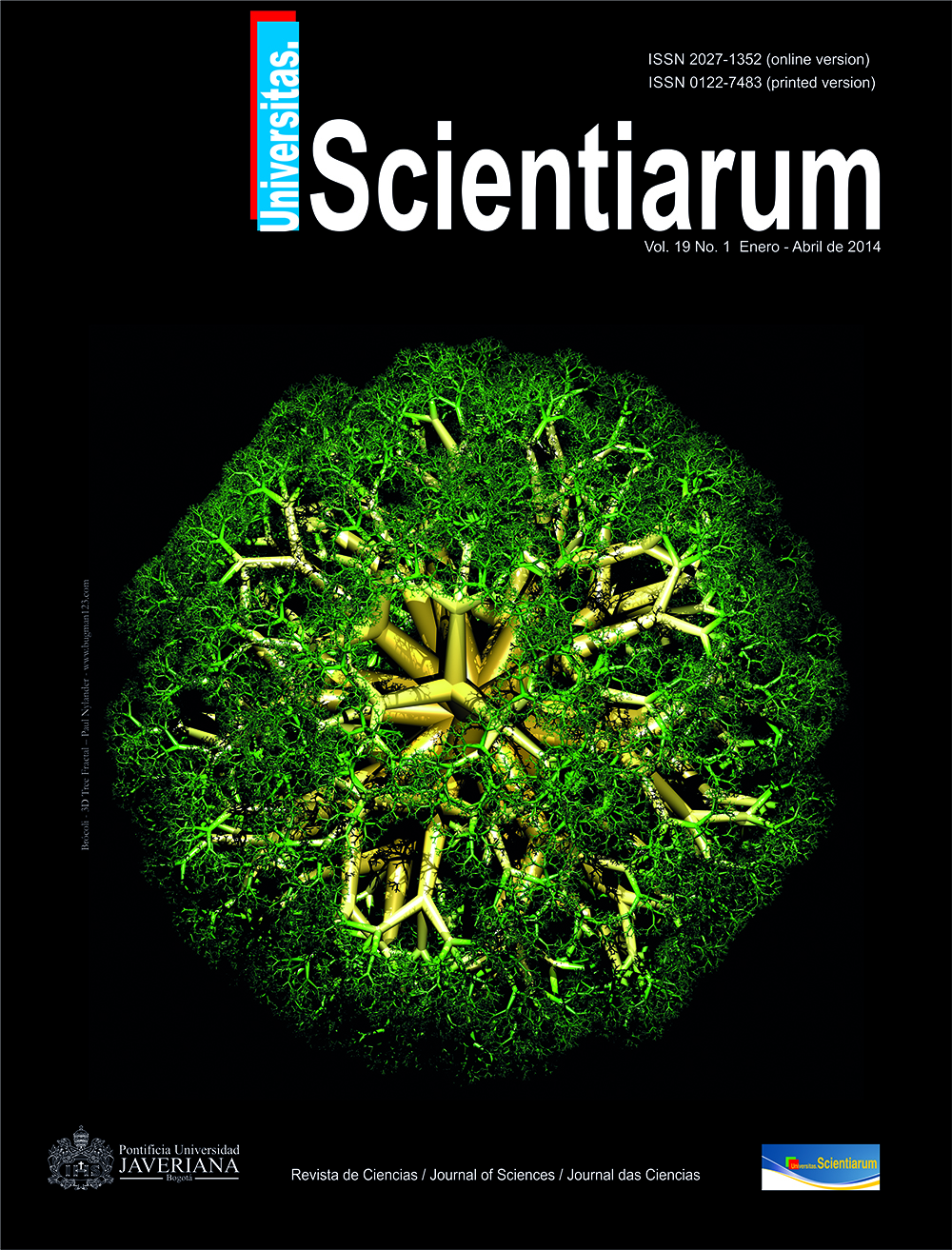Spatial scale of cyanobacterial blooms in Old Providence Island, Colombian Caribbean
##plugins.themes.bootstrap3.article.details##
The frequency and expansion of cyanobacterial blooms have increased in coastal waters worldwide. These may be facilitated by excessive nutrient input and global warming, exerting negative consequences in marine ecosystems, communities and habitats. Although reports of cyanobacterial blooms are frequent, their causes, consequences and spatial extent are not completely understood, hence restricting regional management actions. From 2009 to 2012 we examined the spatial extent of cyanobacterial blooms in the reef systems off Providencia Island, Colombia. We also identified the main taxa involved in those blooms and evaluated bloom cover within substrate types. Blooms of benthic cyanobacteria consisted of complex microbial consortia belonging to the genera Okeania, Lyngbya, Symploca, Phormidium, Oscillatoria or Spirulina. Cyanobacteria were present in different ecosystems, geomorphological zones and substrate types, particularly at the northwest, east and southeast portions of the island. The soft bottoms, sea grasses and reef ecosystems around Providencia Island are subject to cyanobacterial blooms of varying intensity. There is a strong need to further study the frequency, scale and duration of these events to understand their impact on an ecosystem basis and on the services these provide.
cyanobacteria, geomorphological zones, habitat, microbial consortia, reef system, Caribbean.


